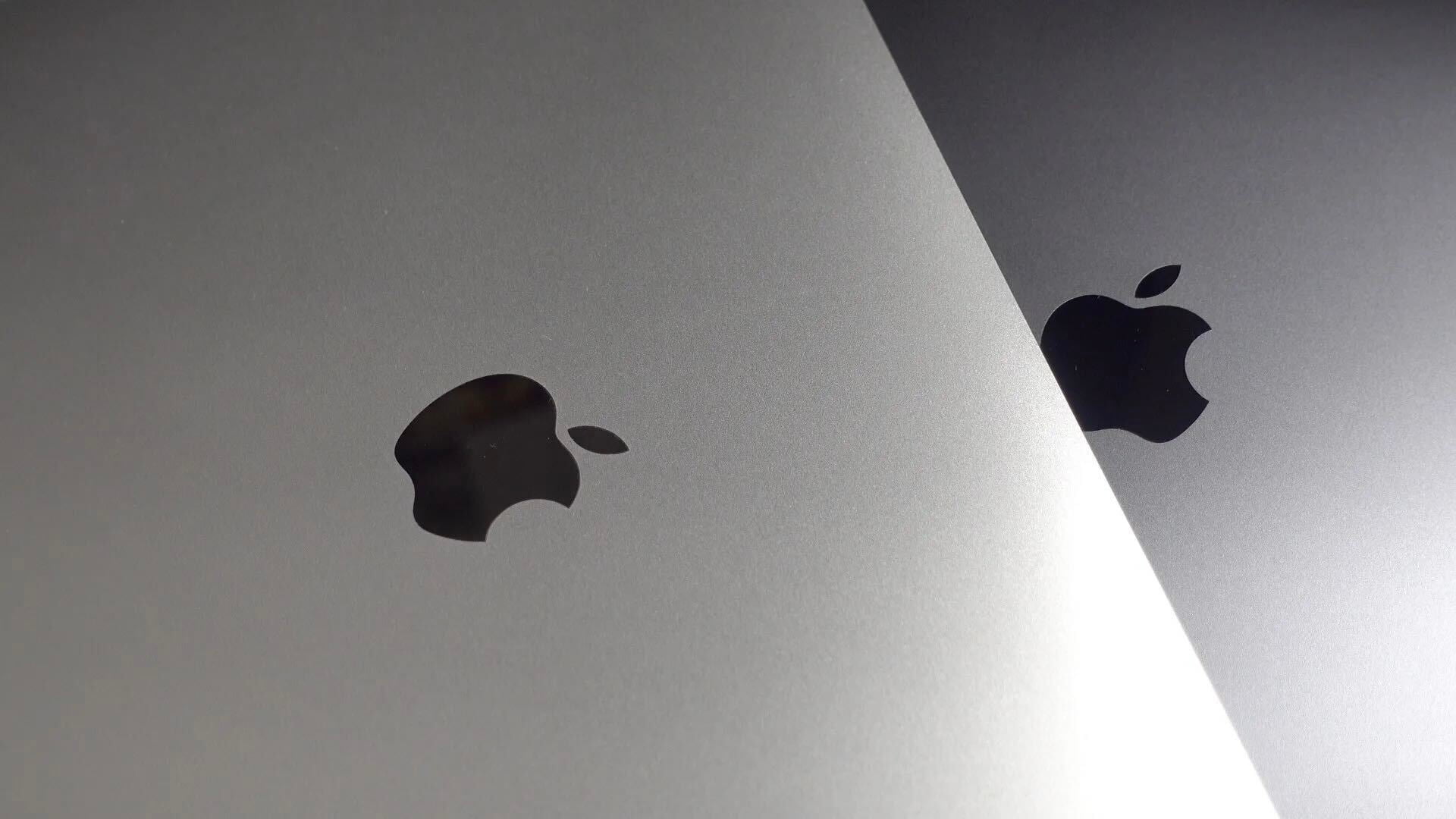
The new MacBook Pros have been met with a wide array of responses thus far, with some praising the new machines and others viewing them as a step back for a variety of reasons. One common question since the announcement of the new models, however, has centered around why the machines max out at 16GB of RAM.
While Phil Schiller originally penned this limitation on battery life concerns, a new email from the Apple executive offers a bit more insight as to the reasoning…
Ben Slaney of MacDaddy published a detailed breakdown of the MacBook Pro’s RAM limitation, which prompted a response from Schiller himself.
In an email, Schiller explained that in addition to battery concerns, using 32GB of RAM would have required a different logic board design that could affect space allotment for other internals, such as the battery:
The article is nice but not entirely accurate. The MacBook Pro uses 16GB of very fast LPDDR memory, up to 2133MHz.
To support 32GB of memory would require using DDR memory that is not low power and also require a different design of the logic board which might reduce space for batteries. Both factors would reduce battery life.
Essentially, Slaney explained in his article that the new MacBook Pros use a low-power DDR3 RAM type called LPDDR3E that maxes out at 16GB. Going to 32GB would have required a switch to DDR4 RAM, but the low power variant of that type isn’t supported by the Intel processors found inside the new MacBook Pros.
Furthermore, Slaney confirmed that the new MacBook Pros would suffer a significant battery life hit if they used DDR4 ram as opposed to the LPDDR3E type that is being used. In fact, had Apple gone with DDR4 RAM, the MacBook Pros would be capable of standby times of “less than a week” and an overall hit of 20 percent to 30 percent of power usage, compared to the 10 percent of power used by the current RAM setup.
In his original response to the MacBook Pro’s 16GB of RAM limitation, Schiller attributed it to battery life efficiency. Today’s response from Schiller, coupled with the detailed breakdown from Slaney, offers a bit more detail for Apple’s decision. Ultimately, it sounds as if Apple believes that the 2133MHz speed of the RAM used in the new MacBook Pros, paired with its power efficiency and size, justify the lack of a 32GB tier. Do you agree? Let us know down in the comments….
FTC: We use income earning auto affiliate links. More.


Comments